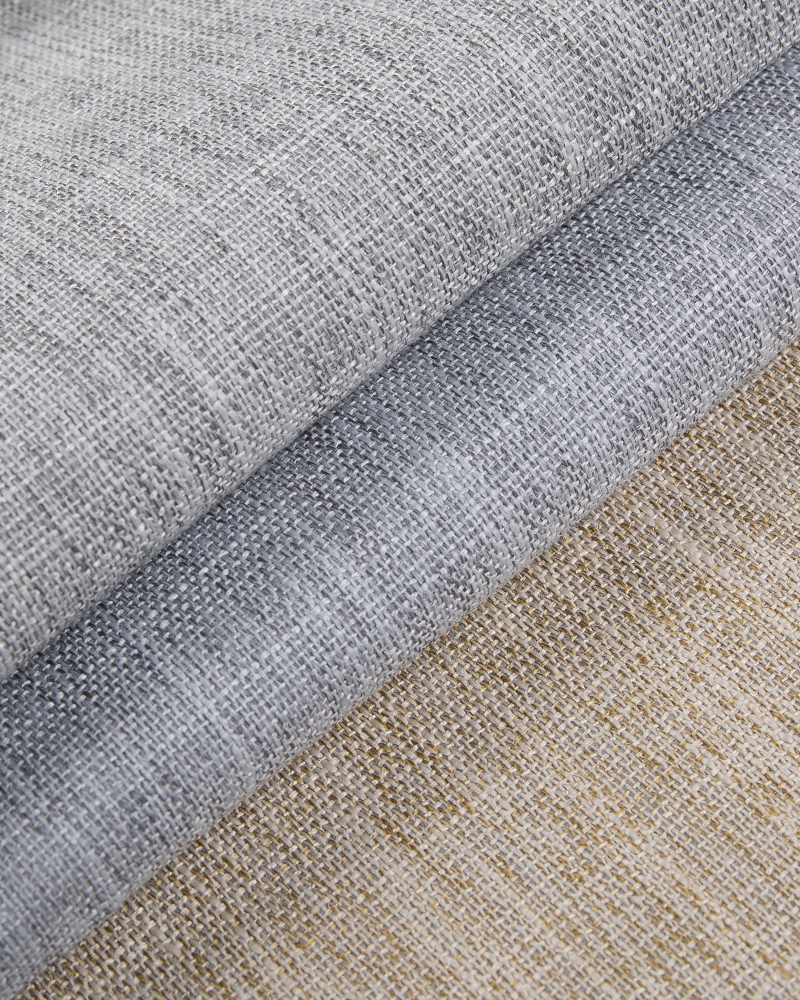
Curtains are more than just decorative elements in interior spaces; they play a crucial role in managing natural light, privacy, and thermal insulation. Among the many fabric choices available for curtains, cotton linen is favored for its natural texture, durability, and aesthetic appeal. However, the effectiveness of Cotton linen curtains fabric in light control and privacy largely depends on their weave and thickness. Understanding how these factors affect the transparency and light-blocking ability of cotton linen fabric can help in making informed decisions about interior design, particularly in areas like living rooms, bedrooms, and offices.
The weave of a fabric refers to the way the threads are interlaced to create the fabric. In the context of cotton linen, the weave can significantly alter the fabric's appearance, texture, and functionality.
This is the simplest and most common weave, where the warp and weft threads cross over and under each other in a uniform pattern. It creates a relatively tight, balanced fabric that offers moderate transparency and light-blocking.Characterized by diagonal lines on the fabric surface, twill weave is tighter and thicker than plain weave, providing better light-blocking and less transparency. It is often used in heavier curtain fabrics.
Fabrics with a tighter weave have less space between threads, reducing the amount of light that can pass through. This makes them less transparent and better at blocking light. For example, a tightly woven twill or satin fabric will be more effective in reducing light penetration and maintaining privacy.Looser weaves have more space between threads, allowing more light to filter through, which increases transparency and reduces light-blocking ability. A loosely woven plain or basket weave fabric, for instance, would allow more light into the room and provide a sheer appearance.

Higher thread count fabrics are generally thicker and denser, contributing to better light-blocking properties. Thread count refers to the number of threads per inch in both the warp and weft directions.This is a measure of the fabric’s weight and thickness. Higher GSM fabrics are thicker and heavier, which generally means better light control and less transparency.
Thicker cotton linen curtains are more opaque and provide better light-blocking. This makes them suitable for rooms where darkness or privacy is essential, such as bedrooms or media rooms. The added thickness also contributes to thermal insulation, helping to keep rooms cooler in summer and warmer in winter.Thinner fabrics are more translucent and allow more light to pass through, creating a softer, diffused light effect in the room. This is ideal for spaces where natural light is desired, such as kitchens or living rooms, but may not be suitable for areas requiring privacy or darkness.
The weave and thickness of cotton linen curtain fabric are key determinants of its transparency and light-blocking ability. A tightly woven, thick fabric will provide better light control and privacy, making it suitable for areas like bedrooms or offices. In contrast, a loosely woven, thin fabric will allow more light to pass through, creating a lighter, more transparent effect ideal for living rooms or kitchens where natural light is desired. By understanding the interplay between weave and thickness, one can make informed decisions about the most appropriate curtain fabric for any given space, balancing functional needs with aesthetic preferences.